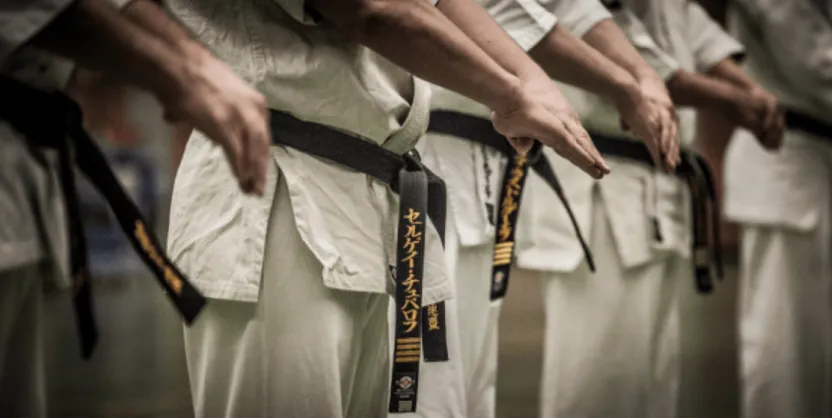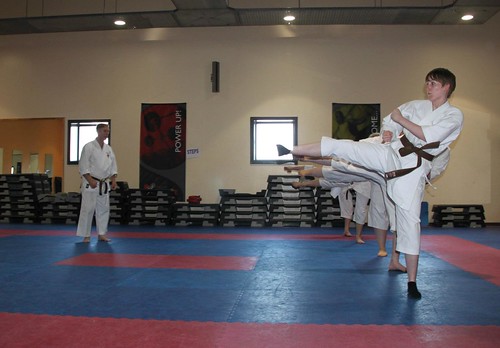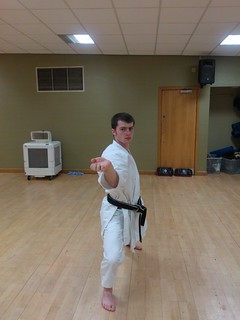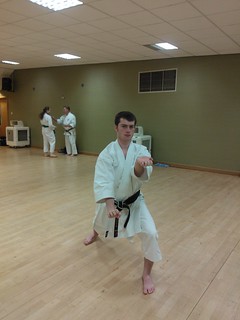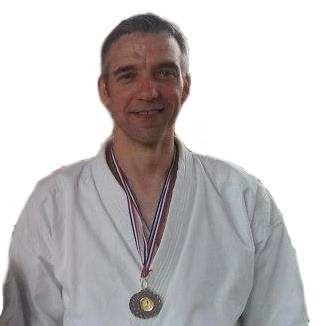 Articles
Articles
Competitions in Karate, Sport vs Martial Art
One topic which splits many karate-ka and has always been a bone of contention is competitions within karate, indeed master Gichin Funakoshi the founder of modern karate often said “There are no contests in karate”, the Shotokai style does not have competitions for this very reason. With this in mind have we all lost our way, should we throw away our medals and trophies and return to the true art? I would personally say no.
I think this is where it is important to distinguish between karate the sport and karate the martial art. Master Funakoshi was indeed correct that in karate the martial art there can be no contests. Why? The aim of karate as a martial art could be summarised as learning means to effectively and quickly incapacitate or eliminate your attacker. To do this a number of techniques are employed that may break bones, maim or kill the attacker. Clearly this is incompatible with a sport as if these techniques were applied as intended there would be very few competitors after the first competition. These are the techniques taught in the kata and used in bunkai. Karate the sport however has a completely different emphasis, it is about scoring points. In sport karate a limited number of techniques are allowed with those deemed to dangerous explicitly forbidden indeed use of excessive force will get you disqualified in most karate competitions. In kata competitions the emphasis isn’t on the application of the techniques but on the form in fact the bunkai is entirely dismissed. As anyone who has watched a kata competition can tell you this has led to sometimes exaggerated and ineffective techniques and breathing for increased showmanship and can lead to the opinion that kata is just a dance. Let’s not even mention the horrible trend that gained traction in the late 80’s and early 90’s to do kata to music as some form of glorified aerobics. Even with sport karate there is disagreement as to how bouts should be scored with more traditional shotokan students often favouring shobu-ippon as it sticks to the killing blow philosophy whilst others prefer three or five point bouts as they allow for greater risk taking by competitors as so more varied bouts.
So having just split karate into a traditional martial art and a sport why should we as traditional shotokan karate-ka take part in competitions after all I have just effectively said that when we compete in a competition we are not doing karate as a martial art. Competition does teach you valuable skills, the ability to use your techniques under pressure, the opportunity to spar with different opponents and the ability to block out all distractions and perform your kata. Last but not least it can also be fun and a good team building experience. As long as we remember that there is far more to karate than competitions and the differences between the sport and the martial art we can enjoy both for what they are.
Richard Amuzu 3rd Dan.

